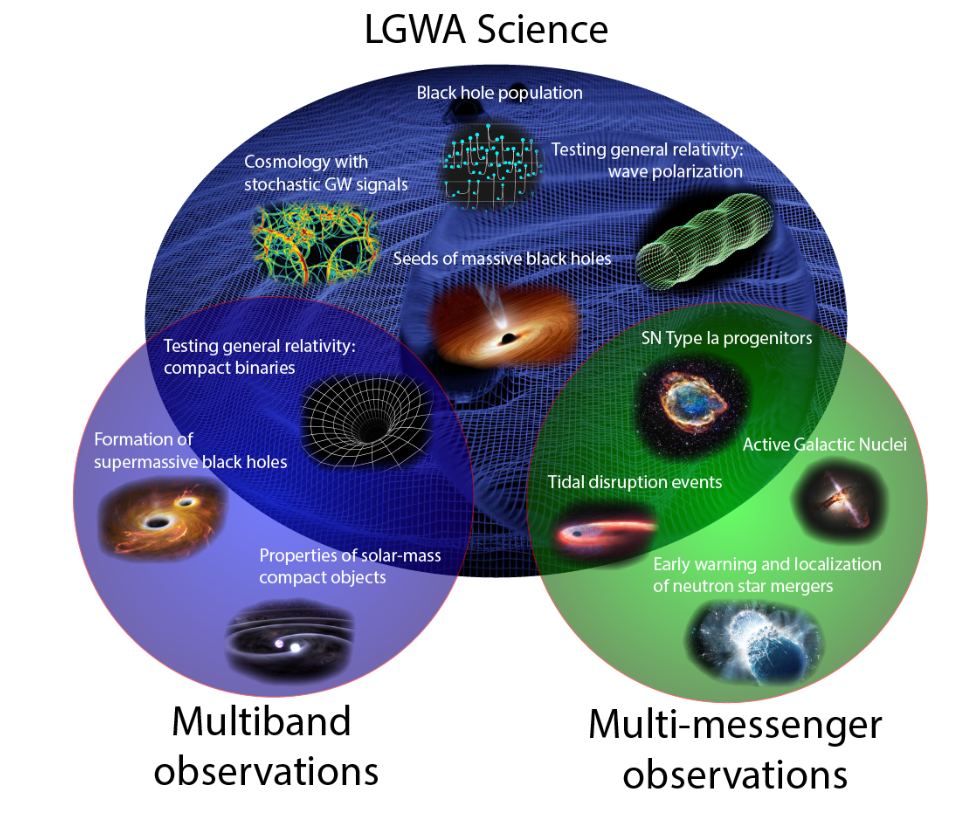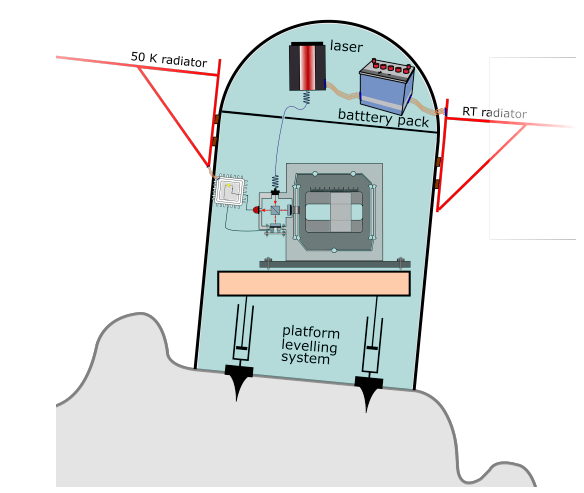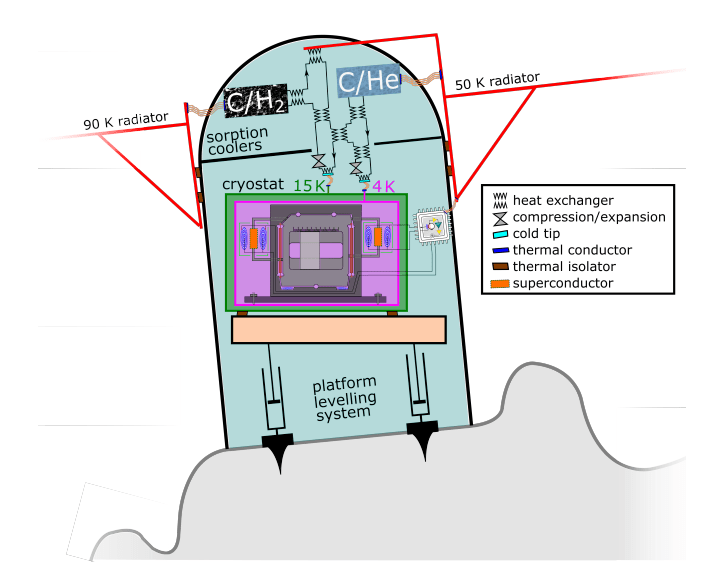Scientists detected the first long-predicted gravitational waves in 2015, and researchers have been eager to find better detectors ever since. But the Earth’s warmth and seismic noise will always limit the effectiveness of Earth probes.
Is the Moon a suitable place for a new gravitational wave observatory? possible. Sending telescopes into space would work well, as would building a gravitational wave observatory on the moon, although this proposal is obviously very complex.
Much of astronomy is about light. The more we can perceive it, the more we understand nature. That’s why telescopes like Hubble and JWST are in space. Earth’s atmosphere can distort telescope images and even block some light, such as infrared light. Space telescopes solved both problems and revolutionized astronomy.
Gravitational waves are not light, but sensing them still requires extremely high sensitivity. Just as Earth’s atmosphere creates “noise” for telescope observations, Earth’s seismic activity can cause problems for gravitational wave detectors. Compared to our dynamic, ever-changing planet, the Moon has one big advantage: It has far less seismic activity.
We’ve known about seismic activity on the moon since the Apollo era. But unlike Earth, much of its activity is related to tidal forces and tiny meteorite impacts. Most of its seismic activity is also weaker and deeper than Earth’s. This caught the attention of researchers developing the Lunar Gravitational Wave Antenna (LGWA).
Developers at LGWA have authored a new paper, “Lunar Gravitational Wave Antenna: Mission Study and Science Case.” The lead author is Parameswaran Ajith, a physicist/astrophysicist at the International Center for Theoretical Sciences at the Tata Institute of Fundamental Research in Bangalore, India. Ajith is also a member of the LIGO Scientific Collaboration.
A Gravitational Wave Observatory (GWO) on the Moon will fill the gap in frequency coverage.
“Given the size of the Moon and the expected noise generated by the lunar seismic background, LGWA will be able to observe gravitational waves on the order of 1 mHz to 1 Hz,” the authors wrote. “This would make LGWA a LISA with a peak sensitivity on the order of a few millihertz. The missing link between spaceborne detectors such as the Einstein Telescope or space probes.”
If built, LGWA would consist of a planetary-scale array of detectors. The unique conditions of the Moon will allow LGWA to open a larger window for gravitational wave science. The Moon’s background seismicity is so low that the authors describe it as “seismically silent.” The lack of background noise will make detection more sensitive.
Temperatures within the Moon’s Permanently Shadowed Region (PSR) are also extremely cold. LGWA will consist of four detectors located in the PSR crater, one of the lunar poles.
LGWA is an ambitious idea with potentially game-changing scientific payoff. When combined with telescopes observing across the electromagnetic spectrum and neutrino and cosmic ray detectors (known as multi-messenger astronomy), it can improve our understanding of a range of cosmic events.
LGWA will have some unique capabilities for detecting cosmic explosions. “Only LGWA can observe astrophysical events involving WDs (white dwarfs), such as tidal disruption events (TDE) and SNe Ia,” the authors explain. They also point out that only the LGWA can warn astronomers weeks or even months in advance of mergers of dense solar-mass binaries, including neutron stars.
LGWA will also be able to detect lighter intermediate-mass black hole (IMBH) binaries in the early universe. IMBHs play an important role in the formation of supermassive black holes (SMBHs) at the centers of galaxies like ours today. Astrophysicists have many unanswered questions about black holes and how they evolve, and LGWA should help answer some of them.
The merger of double white dwarfs (DWD) outside our galaxy is another thing that LGWA alone can sense. They can be used to measure the Hubble constant. Over the decades, scientists have made more precise measurements of the Hubble constant, but there are still differences.

LGWA will also tell us more about the moon. Its seismic observations will reveal the moon’s internal structure in more detail than ever before. There are still many scientists who still don’t know about its formation, history and evolution. LGWA’s seismic observations will also shed light on the moon’s geological processes.
The LGWA mission is still being developed. Before implementing it, scientists need to know more about where they plan to place it. This is where the preliminary soundcheck assignment comes in.
In 2023, ESA selected Soundcheck to its Lunar Science Activities Reserve. Soundcheck will not only measure seismic surface displacements, magnetic fluctuations and temperature, but will also be a technology demonstration mission. “Soundcheck technical validation focuses on deployment, inertial sensor mechanics and readings, thermal management, and platform leveling,” the authors explain.

In astronomy, astrophysics, cosmology, and related scientific endeavors, we always seem to be on the verge of new discoveries and new understandings of the universe and how we fit into it. The reason it always seems this way is because it’s true. Humanity is getting better and better at this, as evidenced by the emergence and flourishing of gravitational wave science, even though we’re just getting started. It’s been less than a decade since scientists first discovered giant stars.
Where are things headed?
“Although gravitational wave science has a well-established roadmap, it is important to recognize that the exploration of the universe via gravitational waves is still in its infancy,” the authors wrote in the paper. “In addition to
It is expected to have a huge impact on astrophysics and cosmology, with a high potential for unexpected and fundamental discoveries in this field.
#Heres #Build #Gravitational #Wave #Observatory #Moon
Image Source : www.universetoday.com
